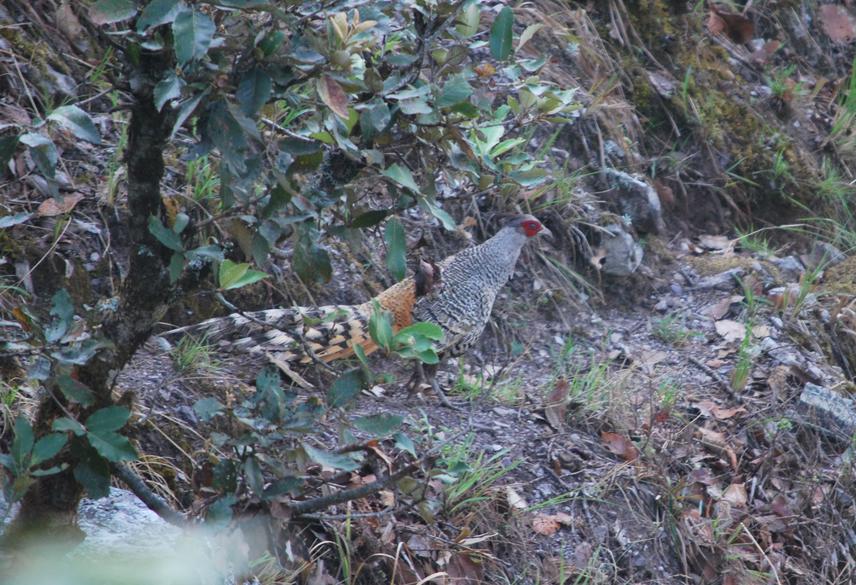Kamal Kandel
Other projects
22 Dec 2011
Distribution and Occupancy Modelling of Globally Threatened Cheer Pheasant (Catreus wallichi) in Nepal Himalaya: Implications for Strategic Conservation Planning
We seek to establish a credible long term community based cheer pheasant monitoring program, directly involving local communities in monitoring and decision making.

Cheer Pheasant is a globally threatened species (IUCN 2013) endemic to western Himalaya and is distributed patchily throughout the southern foothill of the Himalaya from Pakistan to Nepal. The information on cheer pheasant is scanty and discrete. It is extremely vulnerable to hunting and susceptible to complete eradication through human prosecution throughout its patchy distribution range. Ensuring its survival and maintaining its viable population in the human dominated landscape of western Nepal needs adaptive management strategies. This requires the standardized long term monitoring data. Therefore, we seek to establish a credible long term community based cheer pheasant monitoring program, directly involving local communities in monitoring and decision making.
The process of involving local people in the conservation and population monitoring of cheer pheasant will help build consensus and generate site-specific conservation assessments for its long-term management planning. The benefits will include improved communication between local people, scientific communities and forest authorities and partnership in monitoring and participatory management planning.
This project will focus on community outreach, public information, capacity building and local stewardship to involve whole communities in the conservation, protection and enhancement of this species in western Nepal. We anticipate that this project will succeed in changing in attitude/behaviour of the local community and establishing sustainable community based conservation and monitoring program. Capacity building training to game scouts, local people and students will foster the continued surveillance and hence help to develop a model, based on which adaptive management strategies can be formulated.